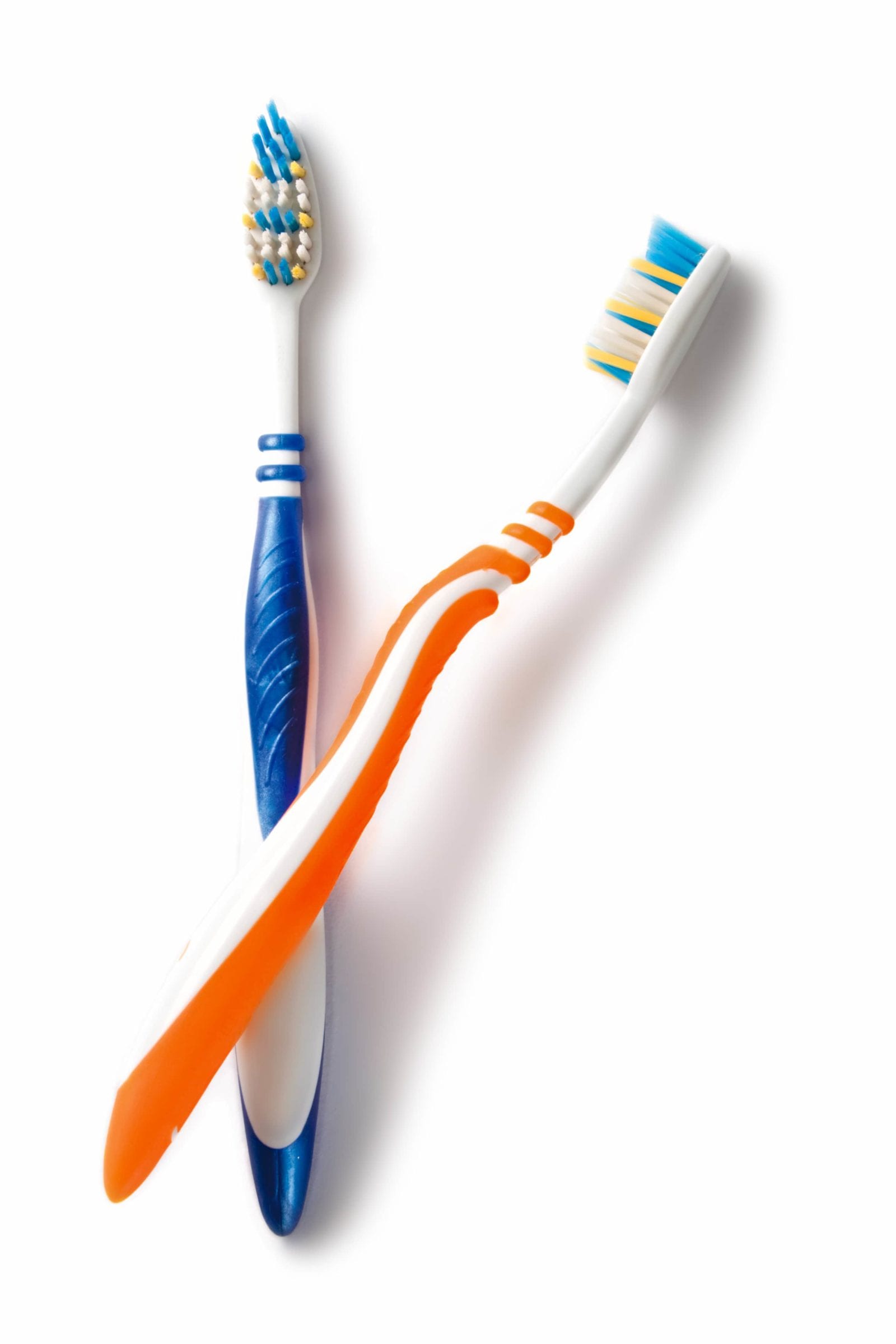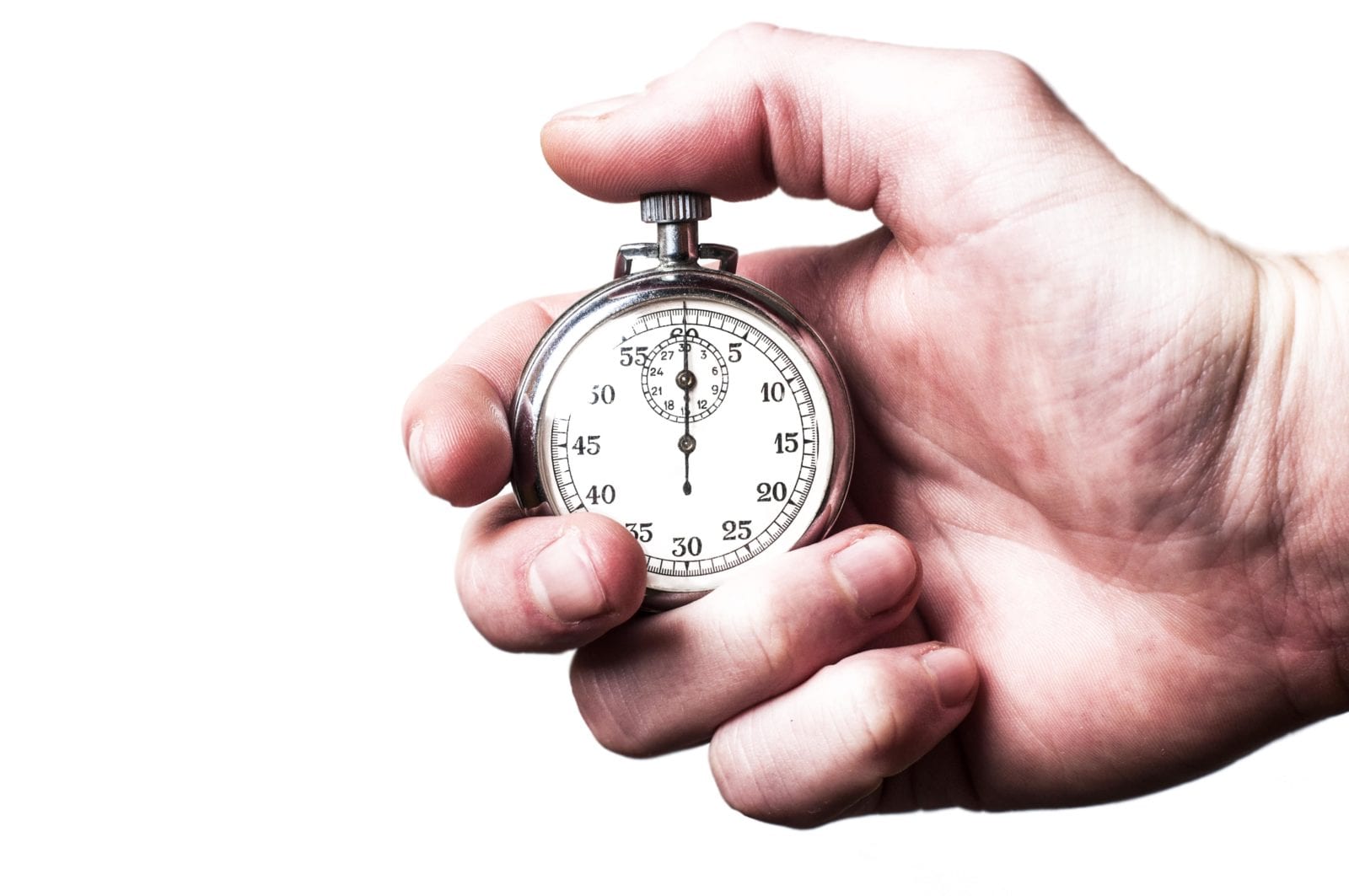Brushing your teeth twice a day is one of the most important ways to keep your teeth clean and healthy. This is because brushing helps to remove plaque from the surface of your teeth, which also removes the bacteria that cause tooth decay and gum disease. When brushing your teeth, however, it is also important to make sure you are using the correct technique. Unfortunately, there are a few mistakes that dentists often notice their patients making and these mistakes can decrease the effectiveness of your brushing routine. Here are some of the most common tooth brushing mistakes:
Picking the Wrong Toothbrush

First and foremost, it is important to know how to pick the best toothbrush for your teeth. Not all toothbrushes are created equal and some can do more harm than good. According to the American Dental Association, the best toothbrush is one that can easily reach the back of your mouth and that has soft bristles. In fact, the easiest way to find an ideal toothbrush is to look for the ADA seal of approval.
Using the Same Toothbrush Too Long
Once you find the perfect toothbrush, be careful not to make the mistake of using that same toothbrush for too long. This is because toothbrushes become less effective at removing plaque once they start wearing down. Additionally, using a toothbrush for too long also means it has large amounts of bacteria. For these reasons, you should replace your toothbrush every 3-4 months or after you’ve been sick. Signs a toothbrush needs to be replaced include bristles that are frayed, bent, or discolored.
Using the Wrong Technique
In addition to using the correct toothbrush, you will also need to use the correct technique while brushing your teeth. Unfortunately, many people tend to mistakenly brush their teeth with a back and forth scrubbing motion. This can leave plaque along the gum line, irritate the gums, and cause enamel damage. Instead, the correct way to brush your teeth is by moving your toothbrush in an up and down circular motion. This is the best way to remove plaque without causing damage to the gums or enamel.
Pushing Too Hard
Along with using the right technique, it is also necessary to pay attention to how much force you are using. While brushing your teeth, you need to only apply a gentle, massaging force. Unfortunately, many people incorrectly believe that “scrubbing” their teeth is a better way to get them clean. In actuality, brushing too hard actually damages your tooth enamel and irritates your gums.
Brushing After Meals
Brushing after meals is not bad for your teeth as long as you wait at least 15-20 minutes after you’ve finished eating. Brushing too soon after eating can increase the chances of dental erosion, since acidity levels rise slightly when you eat. Waiting 15-20 minutes after eating allows your mouth to neutralize the acids, which decreases the likelihood of damaging your tooth enamel while you brush.

Not Timing Yourself
In order to get the most out of your twice daily brushings, the ADA states that you should be brushing for two minutes at a time. Unfortunately, if you are not paying attention it is very easy to cut this short. Two minutes gives you enough time to individually brush each tooth, and brushing less than two minutes likely means you have missed some places. For this reason, it is recommended to set a timer while brushing your teeth to make sure you are brushing for long enough.

Dr. Jimmy Lutz obtained his dental education at the University of Missouri-Kansas City School of Dentistry. To stay on the cutting edge of dentistry, Dr. Lutz is a member of the local Spear Innovative Study Club. He is also a member of the American Dental Association, Indiana Dental Association, and West Central Dental Society.
